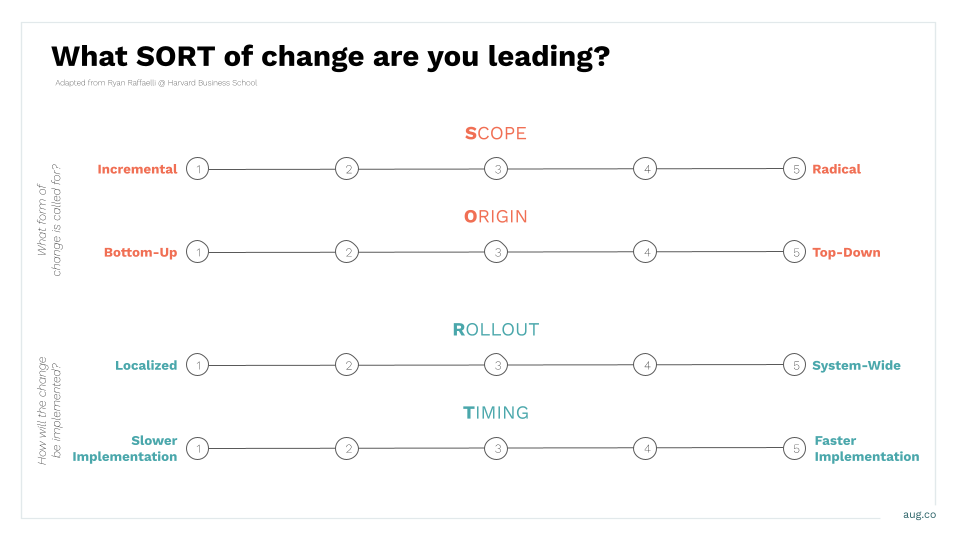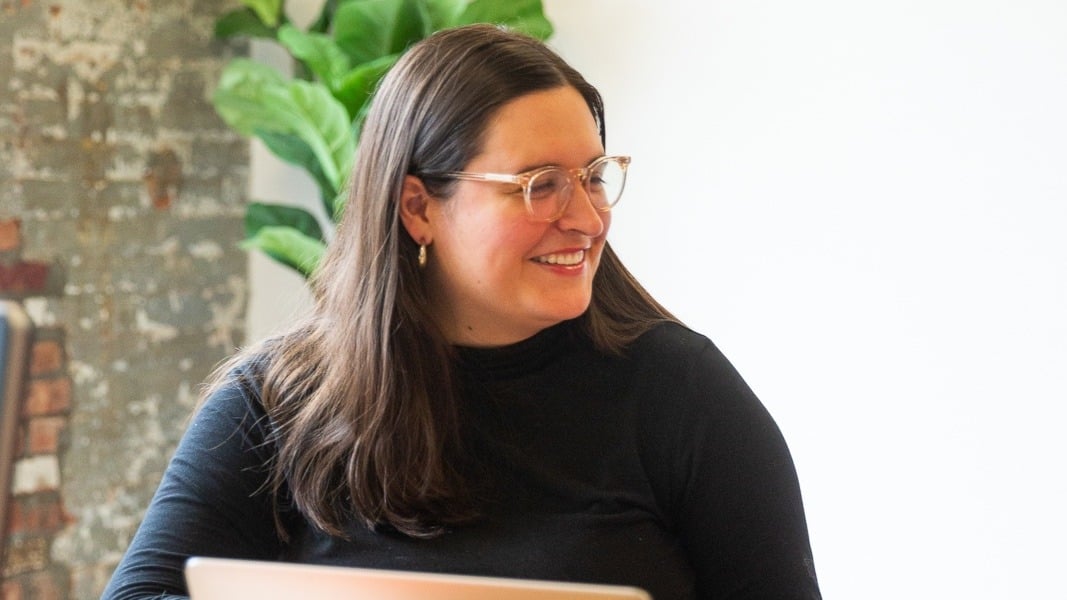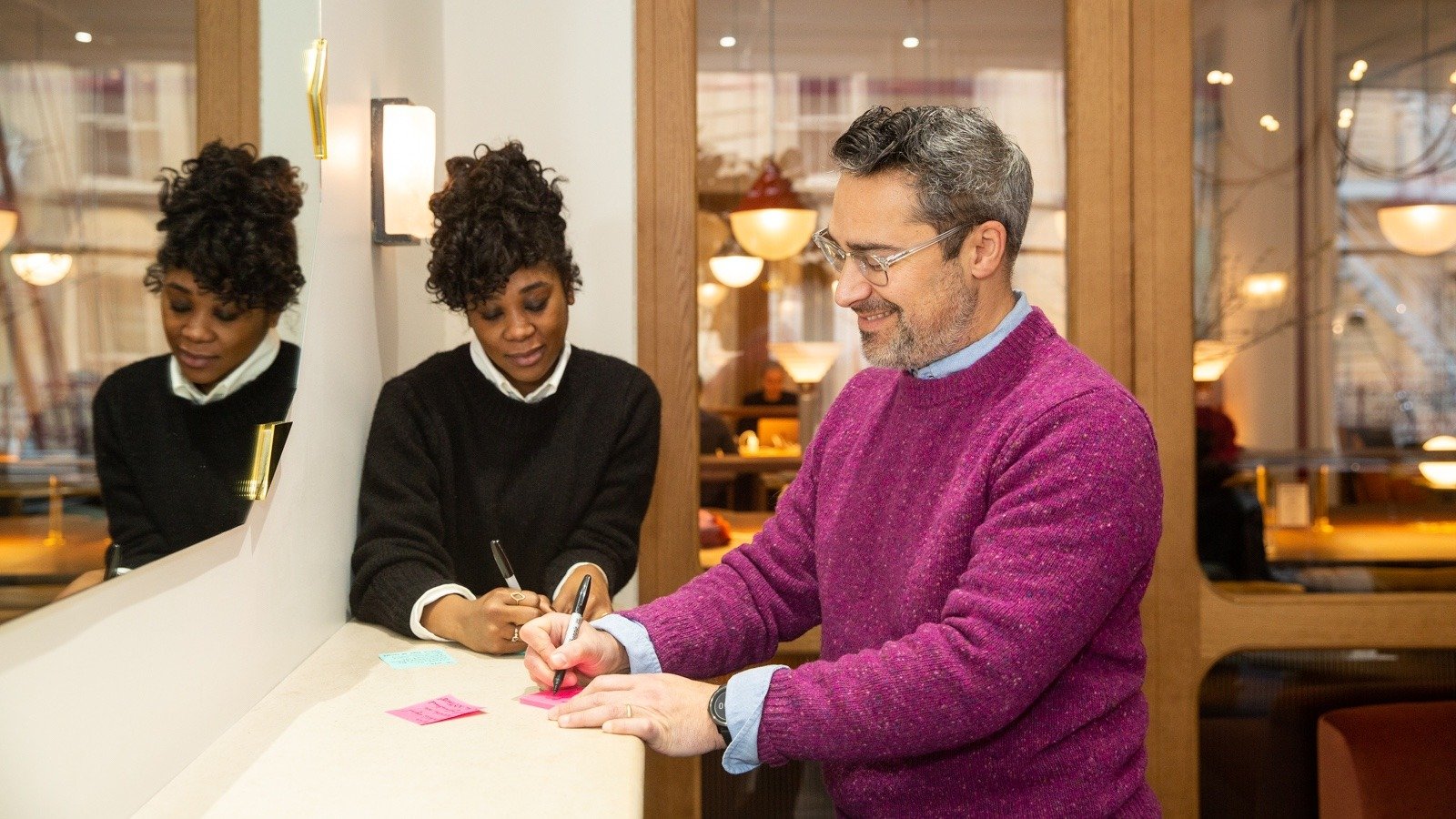Published April 27, 2023 | Updated April 27, 2023 | 3 minute read
Leading change can be lonely work. Sometimes it can feel nearly impossible, particularly in mission-driven contexts where funding, politics, and establishment mindsets can create unique headwinds.
I have a lot of empathy for leaders who are fighting the good fight for complex cultural change.
One thing that helps guide my thinking about these challenges is our core belief at August in the power of ways of working.
If you’re reading this, chances are you share this belief.
You already know that your workplace culture and day-to-day habits can make or break your biggest ambitions.
You already know that HOW you work is the engine that brings your strategy to life.
I recently invited a group of top mission-driven leaders to share their struggles and insights around leading change. We heard from senior leaders of major organizations in the arts, education, media, philanthropy, politics, social services and more.
It was an energizing conversation with several big aha moments, which coalesced for me into four strategies for leading mission-driven change.
1. Clarify the SORT of change you are leading.
The SORT framework, adapted from Ryan Raffaelli at Harvard Business School, is a helpful tool for mapping and modulating change initiatives.

We started off by thinking of a current or past change initiative, and marking where it would fall along these four sliders. Then we took a moment to consider where we might move those markers to increase the change’s impact.
This exercise reflects a major truth about leading change: it isn’t fixed in one “correct” position. Healthy change is constantly moving back and forth along these four sliders.
As one participant put it, the art of leading change isn’t to lock in the perfect configuration for all time; it’s to figure out which direction it needs to move next, in order to increase its impact.
2. Build change that will last beyond the change makers.
Change has a long horizon – often longer than the tenure of any one person. For change to succeed, we need to motivate people towards a future they may not be present for.
To keep momentum, we need to plan not just for the change itself, but for its future leaders. Succession planning is critical.
We also need to help individuals understand how their roles support a meaningful overall mission. It’s our job as leaders to help people see how their work matters, even if they’re working on just a small slice of the big picture.
3. Give people digestion time.
You can’t change the DNA of your organization overnight. People need time to metabolize the new ways of working they’re being asked to adopt.
Planning for downtime can feel counterintuitive to change leaders, who have a bird’s eye view of the many gains that could be made if people would just adopt the change faster.
But it’s not realistic to expect everyone in your organization to digest a massive transformation all at once.
By allowing people time to reflect and engage the change on their own terms, you’ll build much deeper and lasting support.
4. Change is messy – plan on it.
Perspective is everything. A 20-year veteran of your organization might perceive a change as radical, while a new hire might see it as incremental. Sometimes SORT is in the eye of the beholder.
But although individual experiences may vary, you can proactively plan for the mess. Onboard people into the change as they arrive in the organization. Find ways to reroute people’s expertise into the change effort. You can even use the SORT framework to map and guide individual experiences.
Change leaders, you're not alone.
If you're a senior leader (VP+) and you're experiencing the loneliness of leading complex, cultural change, please reach out.
I’d love to cheer you on, and explore how August might partner with you on your change journey.


.jpg)






